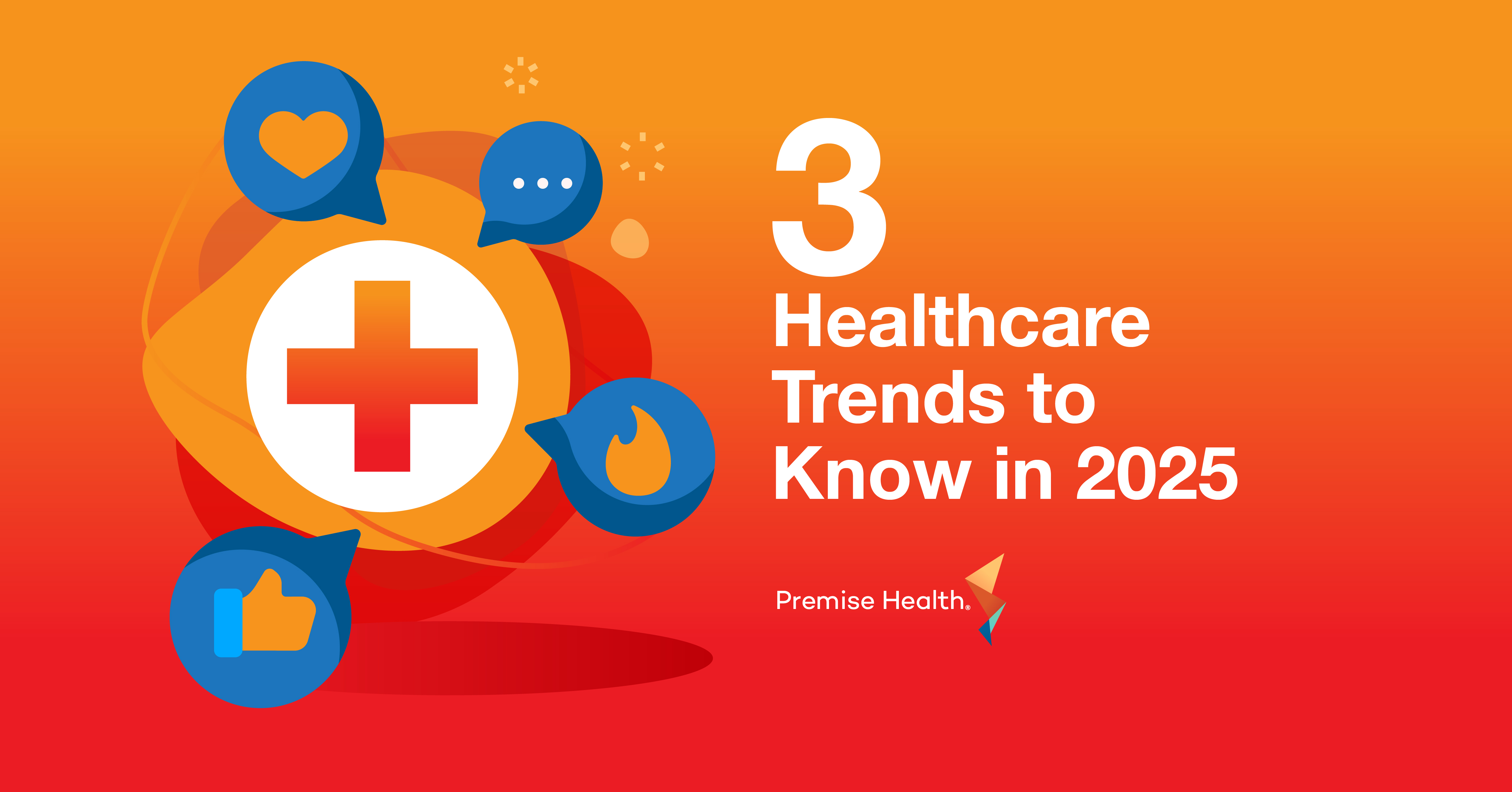Top Six Questions Brokers Should be Asking in RFPs in 2021
As the healthcare industry continues to evolve, many brokers and consultants are finding it challenging to identify the best direct healthcare partner for their clients.
When investigating the best option for your client, knowing the right questions to ask is just as critical as understanding what a potential partner can or cannot offer. Continue reading for the top questions to ask in your RFP or RFI in today’s market and tips for spotting a good answer.
How does your organization help clients who are facing ever-changing COVID-19 guidance and policies?
With new variants of COVID-19 emerging and the fluidity of new regulatory guidance, organizations are continually having to adjust for testing, vaccination, travel policy, supply chain, and campus access requirements. This process can be complicated, resource intensive, and challenging without a partner there to guide you along the way.
Answer Tip: The ideal direct healthcare partner can offer some form of support to serve as your client’s “command and control center.” Whether they provide strategic clinical counseling, screening and testing solutions, or support for members with confirmed cases of COVID-19, you’ll want a partner that has established plans for navigating complex clinical guidance and keeping employees safe.
How do you provide care for traditionally underserved members within a population?
Awareness around diversity, equity, inclusion, and belonging is at the forefront, and many organizations responded accordingly by implementing programs to better support a broader portion of their population emotionally, socially, and physically. For clients considering a direct healthcare solution, it’s important for that support to carry over into the care being delivered to their employees.
Answer Tip: Look for a partner that can demonstrate a variety of ways in which their solutions and providers address care disparities. They should have dedicated solutions in place that support members, such as helping them find community resources, as well as required training for providers on topics like how to best serve those in the LGBTQ+ community. Look internally at your potential partner as well to see how they’re addressing diversity, equity, inclusion, and belonging. If caring for the underserved is truly important to them, they should be walking the walk with their own employees, not just talking the talk.
Healthcare costs continue to increase. What capabilities do you have to help reduce total cost of care for employers?
The stakes are high for employers. The U.S. healthcare system wastes between $760 and $935 billion annually on medical spending, often on wasteful, high-cost care and inappropriate treatment that results in poor outcomes. Direct healthcare is a clear solution to help drive down costs, but just making the investment will only scratch the surface of reducing your client’s spend.
Answer Tip: Providing easy, convenient access to primary care is a basic step your client can take to reduce cost of care, as it helps prevent and better maintain costly chronic conditions, which often leads to a decrease in expensive downstream care. However, you’ll want a partner that provides more innovative solutions than just primary care services. The partner that will be able to drive the highest cost savings for your client will have multiple solutions that use data insights to identify, guide, and provide comprehensive, high-value care. Look for those that:
- Empower the primary care team to help employees navigate referrals, ensuring they receive high-quality, cost-effective specialty care
- Proactively identify the high-cost or high-risk employees that require additional support to get their condition under control
- Provide expert second opinions to ensure your client’s employees get the appropriate diagnoses and treatment the first time they visit a specialist
What solutions do you have in place to address the critical need for behavioral health?
The COVID-19 pandemic pushed an already growing mental health crisis over the edge. It’s increased the demand for mental health services, but simultaneously reduced the availability of behavioral health professionals due to an overtaxed healthcare system. As the stigma around mental health has decreased, employee needs have gone up, leading employers to focus on increasing access to behavioral health solutions and integrating them into existing services.
Answer Tip: Addressing behavioral health shouldn’t be an afterthought, and the right partner will know that. The best answer to this question should explain how behavioral health is integrated into a partner’s primary care approach, not a separate add on or point solution. A great partner will also have a dedicated behavioral health solution. Given the current hybrid work model many organizations have adopted – a mix of in-office and remote-based employees – look for a partner that has multiple access points for behavioral health services, like digital and physical, that can reach employees wherever they are.
What is your approach to care outside of your wellness centers?
There are significant challenges in supporting the care needs for an entire population that has varying behaviors and a mix of healthcare concerns. However, in today’s market there are a variety of solutions and strategies to not only support members as they navigate community healthcare, but also significantly lower spend for employers without negatively impacting the care experience for this high-cost segment of individuals.
Answer Tip: Regardless of how robust your client’s direct healthcare solution is, there will always be situations where community care is necessary. It’s no secret downstream care can be a large cost driver for employers, which is why the best direct healthcare partner will be able to answer this question by sharing solutions they have in place that provide value for both the member and the client – driving quality care and providing an excellent experience for members, while simultaneously mediating costs for the employer. This could be anything from helping members find the most cost-effective doctor and facility to a Centers of Excellence solution that ensures employees with complex diagnoses get the highest-quality care they need. The ideal solution should also closely integrate with your client’s existing direct healthcare resources to create continuity of care throughout a member’s entire care journey.
After COVID-19, what issues do you see in the direct healthcare model? How are you addressing those issues?
Organizations are still feeling the effects from shifting to a virtual work environment due to the pandemic. When it came to onsite or nearsite care, campus closures proved the ineffectiveness of a physical-only access model, while rushed experiences with telehealth options uncovered care gaps in a virtual-only approach. Both organizations and healthcare companies have learned from this experience, leading to a shift in the future of how healthcare needs to be delivered.
Answer Tip: The COVID-19 pandemic accelerated the adoption of virtual healthcare for both consumers and direct healthcare providers. While each potential partner will have their own opinion on what issues exist today in direct healthcare, it’s clear offering only digital or only physical access to care won’t be effective moving forward. A good partner will recognize this and already have steps in place to address it, such as offering an integrated combination of both physical and digital care that fits seamlessly into each member’s lifestyle.
Could Premise Health be the best direct healthcare provider for your client? Our focus on value over volume allows us to deliver the best care built around the needs of your client, their employees, and their families, all while controlling cost and spending. We’re confident we can make a difference for any organization – get in touch to learn about all the innovative products and solutions we have to offer.
Next on industry insights.

How to Futureproof Your Healthcare Benefits
Read the Blog
Why Partnering with an AAAHC Accredited Organization is a Win for Your Workforce
Read the Blog